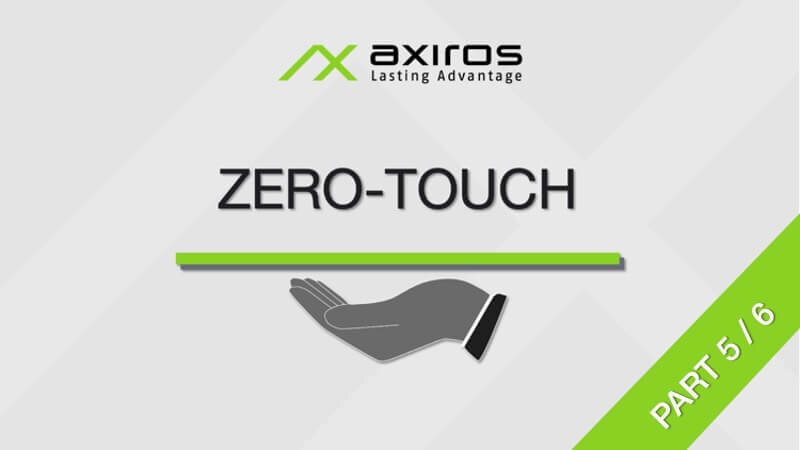The Foundations Of Zero-Touch Customer Service - STREAM 2: Data Integration
Customers already expect their telco to be fully informed about their service and situation and are becoming used to increasingly personalized responses to issues and enquiries.
AXTRACT: Near real-time collection and analysis of high-volume service quality data
AXTRACT runs in parallel to an operator’s ACS, handling high-volume data collection without compromising performance, and integrating directly to existing data pipelines and data mining systems via ETL / BI modules and REST APIs with flexible format options.
It offers far more than just raw data, facilitating data quality management, feature engineering, and complex analytics utilizing its in-built intelligence on the full range of devices and services including DSL, FTTx, HFC, IP TV / VoD, VoIP and even 3G/4G/5G.
Sophisticated pre- and post-processing provides automatic normalization across device types, data enrichment, metadata integration, and configurable aggregation functions over e.g. geography, time, network topology, and customer classification.
AXTRACT even takes much of the work out of analysis and monitoring: KPIs can be configured for live calculation, with analysis of trending or geographical correlation. Deep monitoring and anomaly detection triggers alarms and exception reporting for rapid, automated response. This frees time for the operator’s analytics teams and enables them to focus on more complex and ambitious challenges.
Cloud storage and processing capabilities have revolutionized the economics of exploiting data at large scale for personalization. Telcos have invested heavily in data warehousing, data lakes, “feature stores” and the organizational competencies in machine learning to make use of them. While much of this early investment has focused on customer data and on mobile services, network data and fixed-line operations are becoming an increasing focus.
For zero-touch service the challenges are two-fold: to source the network performance data required and to integrate this with existing datasets and platforms to allow sophisticated personalization of decision making.
"Zero-touch shouldn't be limited to performing simple routines. Autonomous predictions, recommendations and decisions are required. This requires data-driven operations and an Operations Support System (OSS) to support cognitive operations”, said Christoph Luther, Axiros Director Solution Delivery. “A Device Management which is able to source the network performance data required and to integrate this with existing datasets is key to success of Zero-touch".
Unlike some legacy systems, the AXTRACT and AXWIFI systems are compatible with telcos’ existing data architectures, providing seamless integration (via cloud or on-prem options) into the operator’s data lake or warehouse. They provide a reliable feed of continuous CPE data and calculated KPIs which can be used for analytics applications or be integrated with existing decision systems. Moreover, all Axiros systems are standards-based, making their data easier to understand and use, and comparable across the industry.
But how can we use this data in digital service channels? Learn more about it in Stream 3. Follow-up here.
From this blog series:






